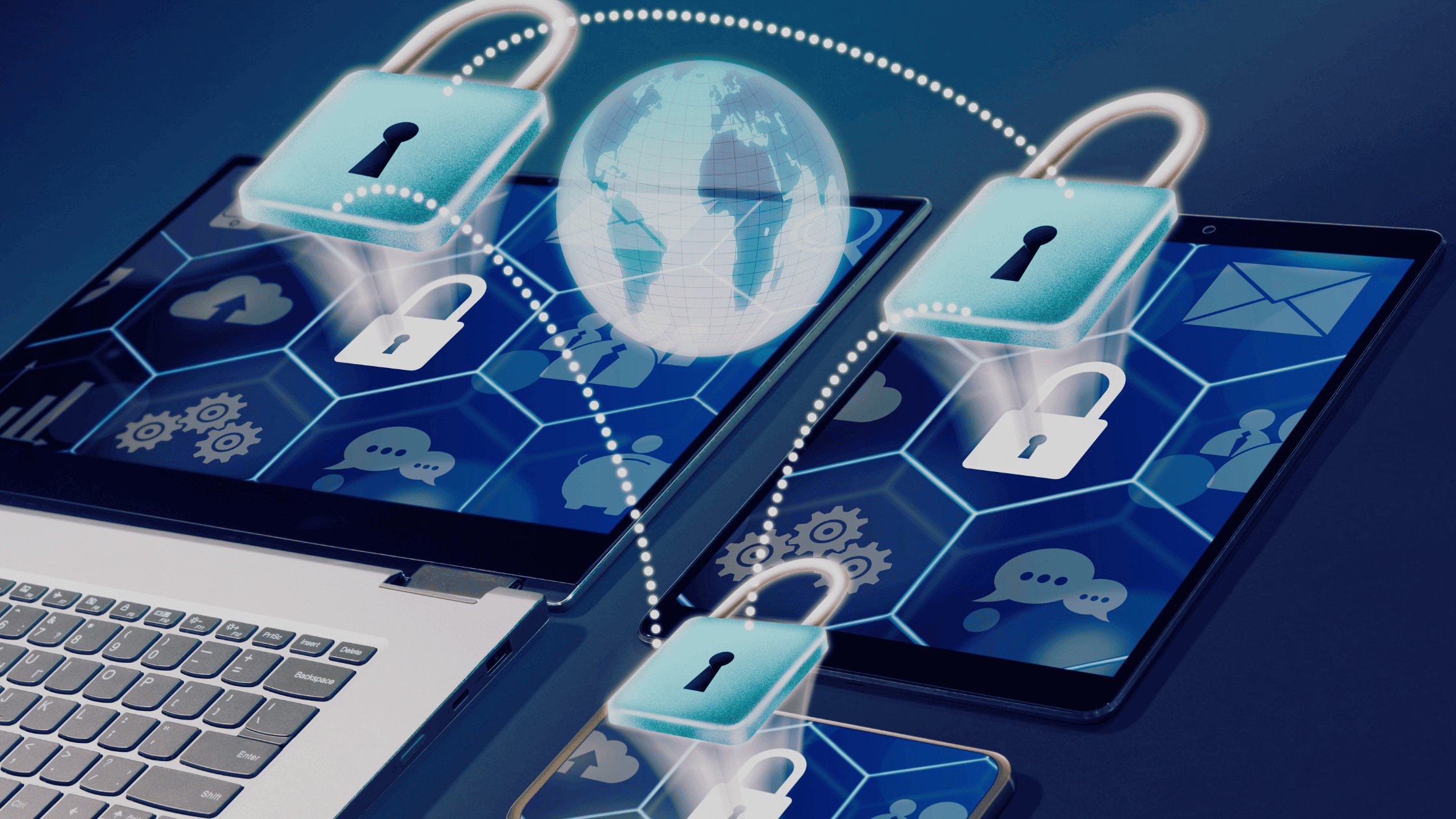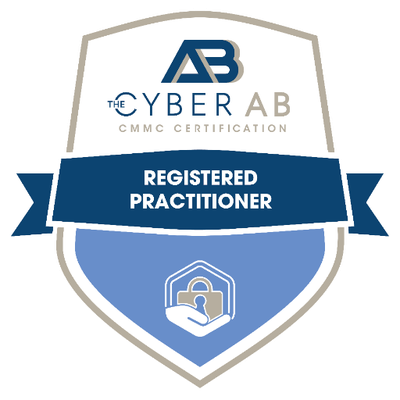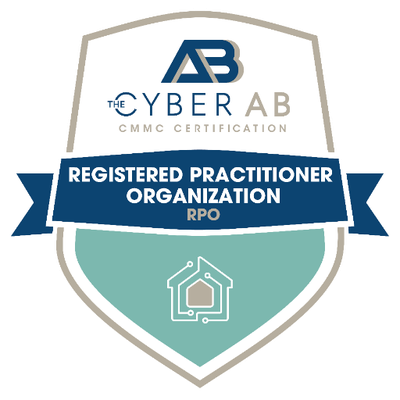In our increasingly interconnected and data-driven world, the concept of cybersecurity compliance has risen to paramount importance for organizations across industries. Cybersecurity compliance entails adhering to a meticulously defined set of standards, regulations, and guidelines meticulously crafted to fortify digital assets, shield sensitive information, preserve the integrity of systems, and mitigate the ever-present threat of cyberattacks. This commitment to compliance not only reduces vulnerabilities but also elevates the overall security posture of an organization. It serves as a pivotal safeguard against data breaches, cyber threats, and the potentially severe financial, legal, and reputational consequences that can ensue from such incidents.
The fundamental goal of cybersecurity compliance is to ensure that an organization’s digital infrastructure and practices align with established security standards, thus reducing vulnerabilities and enhancing the overall security posture. This, in turn, leads to a reduction in the likelihood of data breaches, cyberattacks, and the potential financial, legal, and reputational consequences that come with such incidents.
Cybersecurity compliance goes beyond a simple checkbox exercise; it is a strategic approach to managing and mitigating risks associated with the digital realm. It involves establishing a framework of controls, policies, and procedures that are designed to protect the confidentiality, integrity, and availability of data and systems. These controls are often developed based on recognized industry standards, regulatory requirements, and best practices.
The Key Aspects of Cybersecurity Compliance Include
The key aspects of cybersecurity compliance form a comprehensive strategy to protect an organization’s digital assets and sensitive data.
Data Protection
Data is the lifeblood of modern organizations. Cybersecurity compliance necessitates robust measures to protect sensitive information. This includes encryption of data both in transit and at rest, access controls to limit who can view or modify data, and secure storage methods. Compliance standards often mandate strict data protection practices to prevent data breaches and safeguard customer and employee information.
Risk Management
In the digital landscape, risks are constantly evolving. Compliance requires a systematic approach to identifying, assessing, and mitigating these risks. Organizations must conduct regular risk assessments to pinpoint vulnerabilities, evaluate potential threats, and implement appropriate security controls. This proactive approach helps prevent security breaches and data loss.
Regulatory Adherence
Different industries and regions have specific regulations governing data protection and cybersecurity. Compliance involves understanding and adhering to these regulations. For example, GDPR in Europe governs personal data protection, CMMC sets standards for organizations, contractors, and subcontractors who do business with the government, HIPAA in healthcare sets standards for patient information, and PCI DSS governs payment card data. Non-compliance can lead to hefty fines and legal consequences.
Continuous Auditing
Cyber threats are persistent and ever-evolving. Cybersecurity Governance is the continuous auditing of systems and processes to detect and respond to security incidents promptly. Regular audits and assessments ensure that security controls remain effective over time. This proactive stance helps organizations stay ahead of emerging threats.
Incident Response
Despite robust preventive measures, security incidents can occur. Compliance mandates that organizations have well-defined incident response plans in place. These plans outline how to react when a breach occurs, mitigate the impact, notify affected parties, and recover operations as swiftly as possible. A well-executed incident response strategy can limit damage and reduce downtime.
Employee Training
Employees play a pivotal role in maintaining a secure environment. Compliance efforts should include comprehensive training and awareness programs to educate staff about cybersecurity best practices. This empowers employees to recognize and respond to security threats, reducing the risk of human error as a vector for attacks.
Documentation and Record-Keeping
Accurate and comprehensive documentation is crucial for demonstrating compliance. Organizations must maintain records of cybersecurity policies, procedures, risk assessments, and audit reports. These documents not only help during audits but also serve as a valuable resource for identifying areas of improvement and maintaining accountability.
Third-Party Management
Many organizations rely on third-party vendors and service providers. Compliance extends beyond your organization’s borders, requiring diligence in ensuring that these partners also adhere to cybersecurity standards. Contracts and agreements should include clauses addressing security requirements and responsibilities.
Overall, cybersecurity compliance is not just a matter of meeting regulatory requirements but is also an essential element in building trust with stakeholders, including customers, investors, and business partners. Non-compliance can result in significant financial losses, legal penalties, and damage to an organization’s reputation. Therefore, it is incumbent upon CFOs and CEOs to recognize the strategic importance of cybersecurity compliance and allocate resources accordingly to protect their organizations in an increasingly digital and interconnected world.





